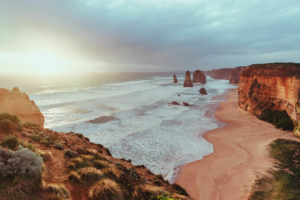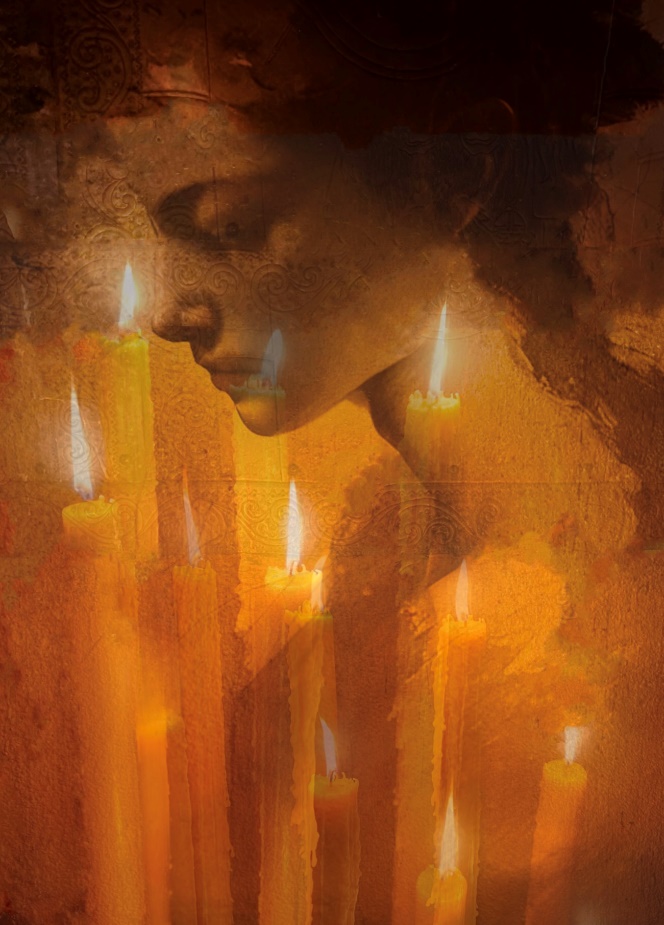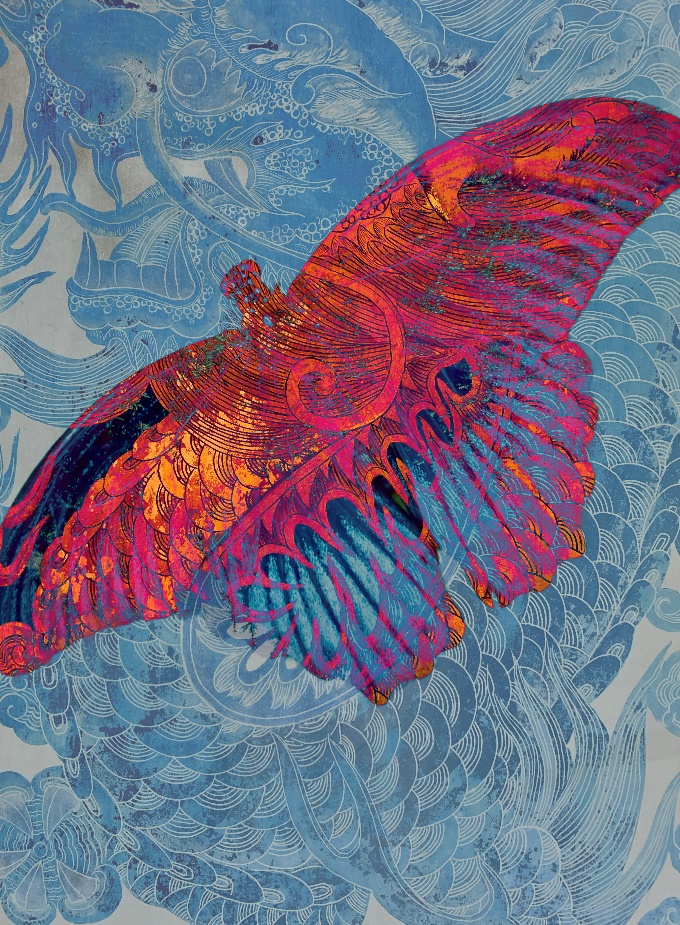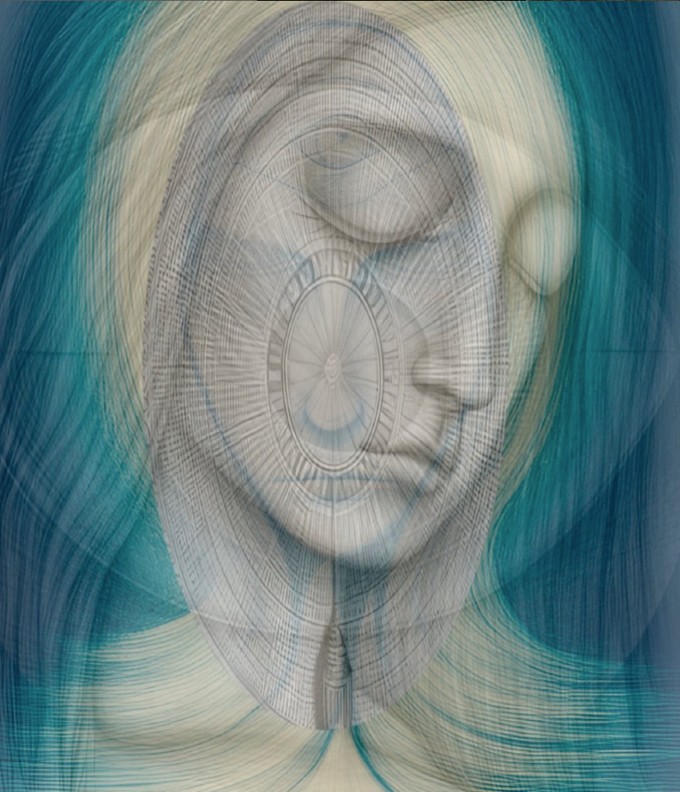Highlighting Australia
- As a proudly Australian initiative, we’re excited to showcase a collection of Australian stories, music, tributes and more.

Join activities, celebrations, study groups, spiritual empowerment and education programs for young people, and more.
Baha’i beliefs address essential spiritual themes for humanity’s collective and individual advancement. Learn more about these and more.

Featured in: Highlighting Australia
As a proudly Australian initiative, we’re excited to showcase a collection of Australian stories, music, tributes and more.n,
Shadi Eshragi is an Australian-Iranian award winning curator, multimedia artist, and illustrator who is interested in social justice and the education of children. Her work has been exhibited in Europe, Asia, Australia and the Middle East. Her art is haunting, evocative and lyrical and in this interview, she tells us why art is powerful and she encourages us all to find joy in art-making.
What role do you think art plays in building communities?

Art has the potential to be a profoundly unifying and constructive force for growth and social justice. It can act as an emotional and spiritual shorthand that enables us to capture elements of our human experience and gives expression to beauty in ways that words alone can’t capture.
Art has an incredible power to bring people together, to bridge divides, and to inspire collective understanding and empathy. It creates shared experiences that transcend language, culture, and even time, allowing us to recognise our common humanity.
Through my art work and curatorial work, I hope to foster conversations around unity, resilience, and justice—values that I believe are essential to building stronger, more inclusive communities.
For example, in two of my recent artworks that were part of a joint exhibition in Canberra, I paid tribute to the courage of ten women in Shiraz.
“Ten Candles Burning” incorporates images from dreams, sacred geometry and an exploration of the interconnected themes of spirituality, pain, love and light in a meditative tribute to the courage and sacrifice of ten Baha’i women in Shiraz.

“Peace” is also a tribute to the ten Baha’i women who sacrificed their lives for their beliefs in Shiraz. The crimson butterfly symbolises beauty and transformation and honours their courage and peaceful resolve in the face of oppression. The crimson hue symbolizes sacrifice—the colour of blood, of pain, of love. The circular geometric symbols on the wings of the butterfly represent freedom and remembrance, and the delicate presence of blue subtly weaves through the wings, symbolizing peace—a peace these women sought to embody in their peaceful and assured response to the aggressor. Despite the subtle allusion to danger in the background of the artwork, the butterfly’s serene posture reflects an unwavering strength and an enduring hope for a future free of fear. The contrast between the crimson and blue reveals a poignant tension between suffering and serenity, encapsulating the bravery of those who lost their lives.

“Pupil of the Eye” was a response to the murder of George Floyd. As a mother, I was profoundly affected by the fact that he cried out for his mother shortly before his death. It was also inspired by my understanding of the oneness of humanity–that we as a collective humanity are realising that we are all interconnected beings on a spiritual journey. When someone cries out for their mother, I am also their mother, their sister, their daughter. We are not strangers. One person’s pain and suffering resonates in our collective consciousness and is our collective suffering.

I also explore themes of social justice through my curatorial work, and in exhibitions I have co-curated such as Crimson Ark at ATVP Gallery, Ink of Light in Articulate Project Space, Sydney and Mirrors Before the Sun in Gallery One, Old Parliament House in Singapore. The first two exhibitions drew attention to the persecution of the Baha’is in Iran and the plight of the Yaran and the award winning poet Mahvash Sabet, who is currently imprisoned in Iran, with grave fears for her life.

Art allows us to connect on a higher level of consciousness and by focusing on the universal themes of oneness, transcendence justice and resilience, I believe art can encourage us all to see each other as connected, as part of a larger, united whole.
What is some advice you’d give to anyone pursuing creative work?
Give yourself permission to be an artist.
Art is an expression of the human spirit, it’s a divine gift that can be cultivated and will bring you joy.
Choose a medium that you enjoy, whether it is calligraphy, woodwork, needlework, decorating a cake, drawling patterns on paper or making sculptures, make time for something that brings you joy.
Let your own life experiences, with all their challenges and joys, fuel your work. Art can be incredibly meditative, transformative and healing for both the artist and the viewer when it’s rooted in authenticity. Be patient with the process and allow yourself to grow with it, even if it feels uncomfortable at times.
Remember, too, that art has the power to bridge worlds and uplift spirits, so never underestimate the impact of your voice and vision. Have courage in blending your values and ideals with your art—creative work rooted in purpose is both deeply fulfilling and profoundly impactful.
In my curatorial work I aspire to provide opportunities for women and young people from minority backgrounds and cultures, people living with disabilities and people who are not professional artists to experience the joy of creating art and staging collective exhibitions. Mirrors Before the Sun which was a community’s celebration of a special bicentennial year was an example of this commitment to provide everyone in our community, who may not have experienced opportunities to interact with the art world previously, with a chance to pursue creative work.
What inspires you to create?
My inspiration flows from many sources, from dreams and the vivid colours of my childhood. First and foremost, the mystical poetry and Writings of Baha’u’llah such as The Seven Valleys.
I’m also profoundly moved by the resilience and sacrifices of those who stand for justice, such as Mahvash Sabet and the ten Baha’i women of Shiraz. Their courage, along with my own memories of a homeland I left behind, lives in my work as a tribute and a reminder.
My collaborations with Sydney-based performing artist, writer and photographer Ava Clara Eshragi, have also been very meaningful—her vision adds joyful perspective and is a testament to the power of the arts to build unity across generations. Ultimately, creating art is for me a meditative act of connection and transcendence that invites people to experience the beauty in unity.
What media do you use?
My art practice is very much a blend of traditional handmade practices and innovation, and I create art with whatever materials I have at hand.
I create layers in my works with both traditional and digital techniques, incorporating calligraphy, collage, photography, painting, and layered digital processes.
Many of my pieces convey an ethereal energy, aiming to transport viewers into broader universal realms and spiritual and reflective spaces. Sacred geometry, poetry, and motifs from nature, such as aqueous blues and vibrant crimsons, are recurring elements.
I find a deep resonance with themes of justice, unity, and resilience, drawing especially on the rich visual language of my Persian heritage. Each work is an attempt to blend the seen and unseen worlds, often through layers that invite viewers to explore beneath the surface.

Thank you, Shadi, for taking the time to share this with us. We truly appreciate it!
You can find more of Shadi Eshragi’s art by following her on Instagram.
(Interview thumbnail photo of Shadi courtesy of Fiona and Bobby Photography)
"*" indicates required fields

We recognise their continuing connection to land, waters and community. We pay our respects to Aboriginal and Torres Strait Islander people and their cultures; and to elders both past and present.
The views expressed in our content reflect individual perspectives and do not represent authoritative views of the Baha’i Faith.

Visit the site of the
Australian Baha’i Community
and the Baha’i Faith Worldwide
Notifications